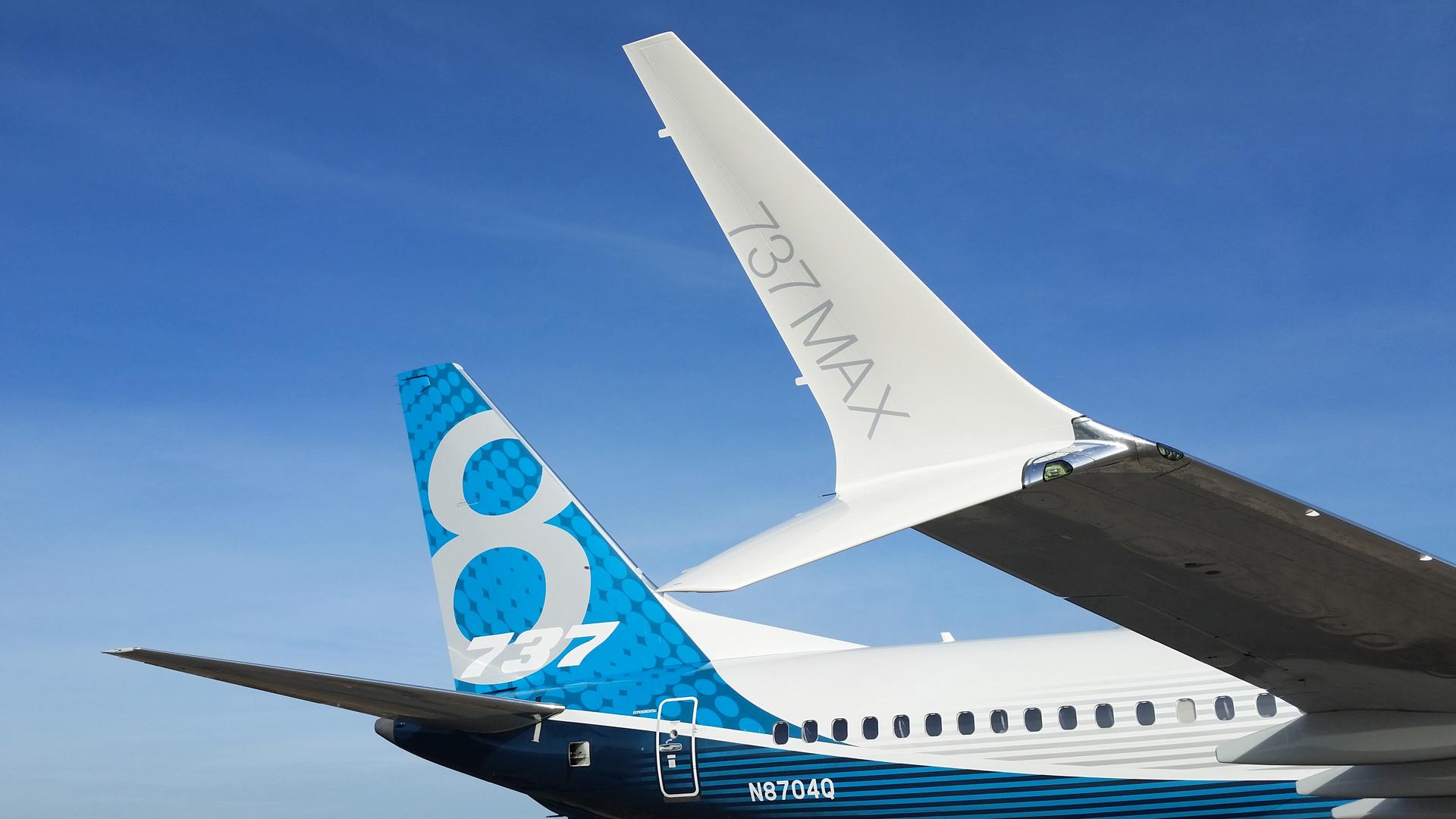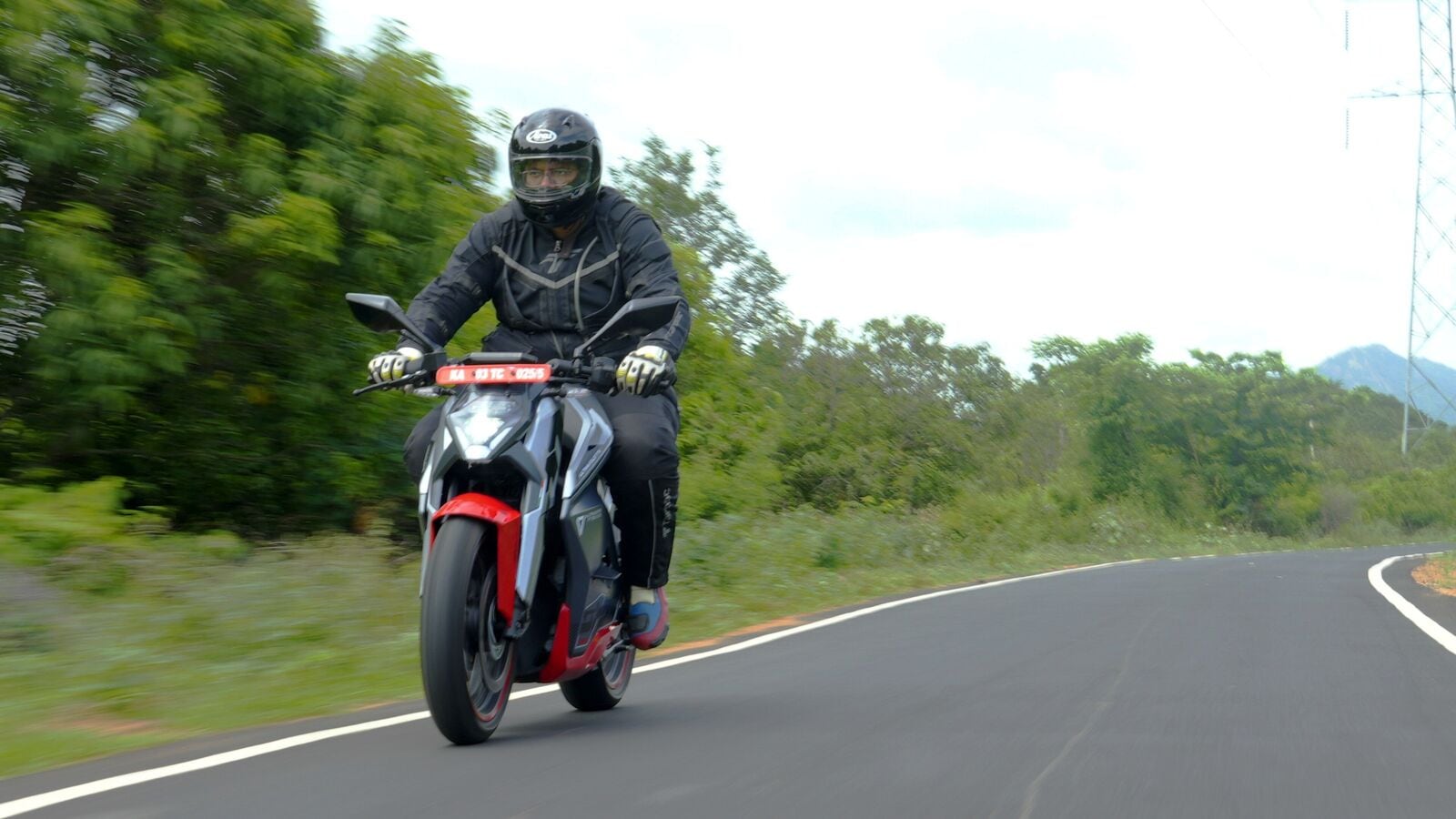Which country has the largest CNG vehicle fleet? Surprise, surprise!
India has a sizeable number of CNG-powered vehicles, both in the private as well as commercial space. Passenger vehicles make the bulk of the numbers while trucks and buses too are making use of the technology. But India is not the country with the largest CNG fleet. As per CNGport.hu, Iran leads the world with a fleet of 40 lakh CNG-powered vehicles, followed closely by China with around the same number. Pakistan has 37 lakh CNG-powered vehicles while Argentina and Brazil make the top-four list. India is sixth.
CNG bikes vs electric two-wheelers: Which may make more sense?
With petrol prices still at and around ₹100 per litre, there is a clear case for switching to CNG-powered two-wheelers. But unlike in the car segment, the two-wheeler segment has also seen a rise in battery-powered options.
It will likely come down to cost economics of both. While electric two-wheelers are likely to remain far more affordable to ride, the time commitment it takes to power such a vehicle is still long. Yes, these are zero emission options but range too can be a limiting factor.
For CNG two-wheelers, options are limited to Bajaj Freedom 125 at present and likely to remain limited till the company rolls out more models or rivals decide to enter the space. But while CNG two-wheelers would be cheaper to ride on than petrol-only counterparts, these won’t be cheaper than electric two-wheelers as far as running and maintenance costs are concerned.
Spy shots reveal key details
The Bajaj CNG bike Freedom isn’t expected to look very flashy or sporty. Instead, it is a commuter bike that will prop up its ability to go further than any other two-wheeler model because of its dual-fuel sources. While details have been closely guarded, it is expected that the Bajaj Freedom CNG bike will have a CNG cylinder sitting just below the fuel tank. Additionally, official teaser images have revealed a switch on the handlebar to move from petrol to CNG, and back.
Challenges for CNG-powered bikes
Bajaj Auto may be set to roll out the first-ever CNG-powered bike but the journey from four to two wheels for the alternate fuel source has been anything but easy. Did you know that a pilot project to test CNG for scooters was started in 2016 when a pizza delivery outlet made use of 30 specially-fitted two-wheelers as part of a pilot project. The project wasn’t exactly successful at the time.
Challenges for CNG on two-wheelers in the past have ranged from limited number of filling stations to how best to equip a small cylinder on a two-wheeler. Safety concerns have also been raised in the past. Then there is the very vital question of price difference between a two-wheeler with and without a CNG kit.
Of course, Bajaj is likely to address all of these issues during the launch event that is scheduled to start some time from now.
Which car companies offer CNG-fitted vehicles in India?
While Maruti Suzuki may have the widest portfolio for CNG-equipped cars, the likes of Hyundai and Tata Motors have bet big on the technology as well. While the Koreans offer CNG on cars like Grand i10 NIOS and Exter, Tata Motors offers CNG on models like Tiago, Tigor, Altroz and Punch.
Which company was the first to introduce factory-fitted CNG kits in India?
While CNG was equipped in cars from after-market centers, Maruti Suzuki was the first to recognise the potential of the alternate fuel source. By the early 2010s, India’s largest carmaker started offering models with company-fitted CNG kits. At present, Maruti offers its S-CNG technology in 18 of its car models.
Brief history of Compressed Natural Gas as automotive fuel
CNG-powered vehicles may have entered the mainstream around a decade and a half back but experiments with the fuel dates back to the World War II era. CNG was a transport fuel back during the days of World War II, primarily because there was often a shortage of petrol and diesel. Subsequently, efforts were made to make use of CNG carriers but these were commercially viable.
It is not until 1990s that CNG as an automotive fuel began to gain wider acceptance in the world. By the turn of the millennium, advancements in technology allowed CNG to enter the mainstream automotive segments in many countries. Car brands began equipping vehicles with kits in the retro-fitted category.















+ There are no comments
Add yours